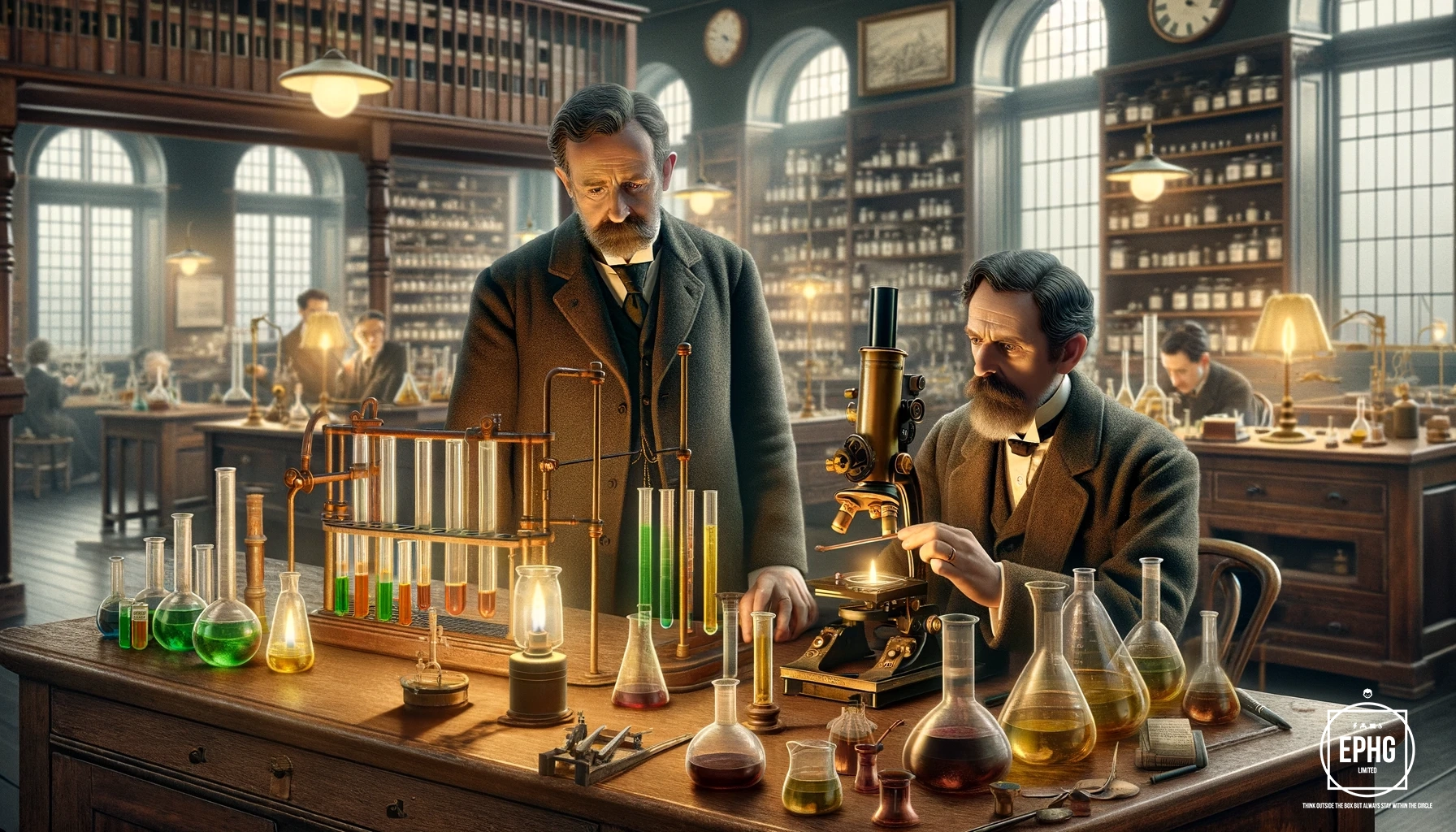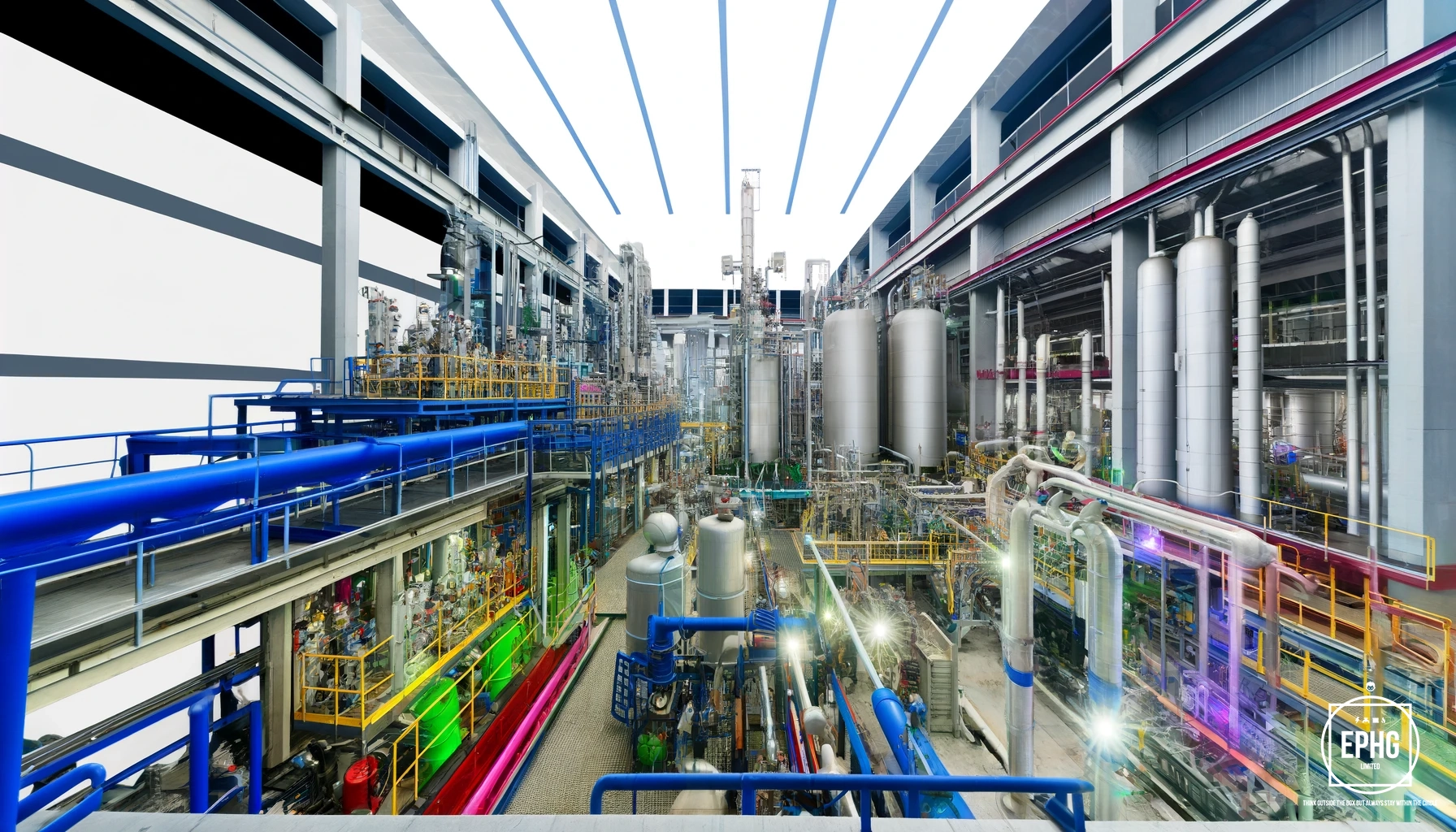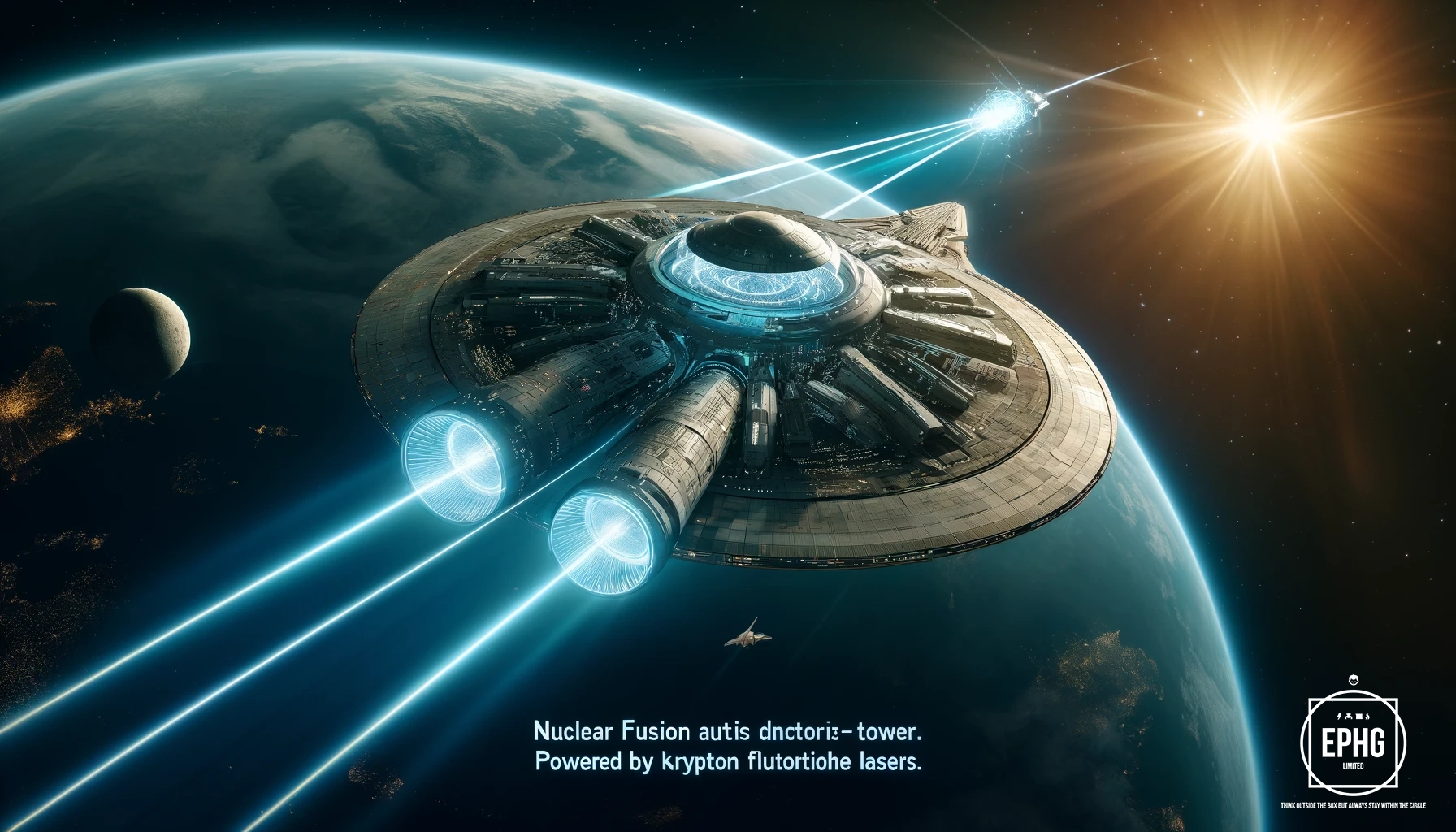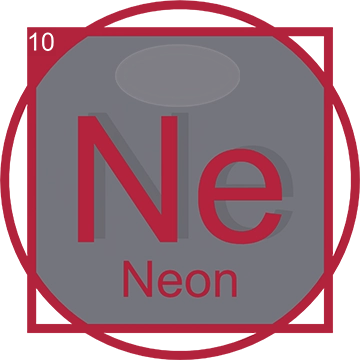Discovery of Krypton (Kr)
Krypton, a noble gas that enriches the scientific narrative of the periodic table, was discovered in 1898 by renowned chemists Sir William Ramsay and Morris Travers. This significant discovery occurred in their laboratory in Britain during a series of experiments aimed at isolating argon from evaporated liquid air. As they meticulously processed the liquid air, they observed unexpected brilliant green and yellow spectral lines through their spectroscope, which were unmistakably distinct from those of any known elements at the time.

The striking spectral lines prompted further investigation, leading to the identification of a new element. The name 'Krypton,' derived from the Greek word 'kryptos,' meaning hidden, aptly reflects the elusive nature of this gas, hidden within the air we breathe. Krypton's identification marked a milestone in the study of atmospheric gases, representing one of the last noble gases to be discovered, following helium, neon, and argon. Its discovery not only expanded our understanding of the Earth's atmosphere but also contributed to the development of the noble gas group in the periodic table, enhancing our knowledge of chemical inertness and the electronic structure of atoms.
The discovery of Krypton also underscored the importance of spectroscopy in chemical identification, providing a powerful tool that would pave the way for further discoveries in the field of chemistry. This marked a pivotal moment in scientific history, highlighting the blend of curiosity, meticulous observation, and rigorous experimental techniques that drive scientific advancement.
Krypton (Kr) in the Periodic Table
Located in Group 18 of the periodic table, Krypton (Kr) is positioned between Neon (Ne) and Xenon (Xe). With an atomic number of 36, it is characterized by a filled outer electron shell, which makes it extremely stable and less reactive than most other elements.
Physical and Chemical Properties of Krypton (Kr)
Krypton is a colorless, odorless, tasteless gas under normal conditions and exhibits a remarkable resistance to chemical reactions. It has a boiling point of -153.4°C and a melting point of -157.36°C, showcasing its stability even under extreme conditions.

Scientific and Technological Applications of Krypton (Kr)
Krypton plays a crucial role in many scientific studies, particularly in lighting and metrology. Its precise spectral lines have been employed in defining the meter, an international unit of length, up until 1983 when it was redefined using the speed of light.

Krypton's applications are diverse, ranging from lighting solutions to experimental research. It is used in high-performance lighting products, including airport runway lights and fluorescent bulbs, where it provides exceptional illumination and energy efficiency. Furthermore, krypton is utilized in photographic flash lamps for high-speed photography.

In the field of window insulation, krypton gas is utilized between double-pane windows to enhance thermal efficiency. Its low thermal conductivity significantly reduces heat transfer, improving energy conservation in buildings. This not only helps maintain a stable indoor climate but also lowers heating and cooling costs, contributing to sustainable building practices.
Krypton fluoride lasers are crucial in high-energy research, particularly in nuclear fusion experiments. These lasers emit powerful ultraviolet light, essential for initiating and controlling fusion reactions, and are also used in precision material processing. This demonstrates krypton’s vital role in both scientific advancement and industrial applications.
How Is Krypton Produced?

Krypton is not mined like traditional minerals but is extracted from the atmosphere. The production of Krypton involves the fractional distillation of liquefied air, a process that separates this noble gas along with others such as neon and xenon. The process is highly sophisticated and energy-intensive, emphasizing the rarity and value of krypton.
Future Prospects of Krypton
The potential future applications of krypton are promising, particularly in the fields of energy conservation and advanced manufacturing.

As technology advances, the efficiency and applications of krypton fluoride lasers could expand, possibly playing a pivotal role in achieving practical nuclear fusion, a long-sought goal with the potential to provide a nearly limitless source of clean energy. Innovations in materials science could also lead to new uses for krypton in various nano-engineering applications.
Conclusion
Krypton, a seemingly elusive element, holds substantial potential for the future. From enhancing energy efficiency in buildings to pushing the boundaries of high-energy physics, krypton’s role in advancing technology and science continues to grow.












